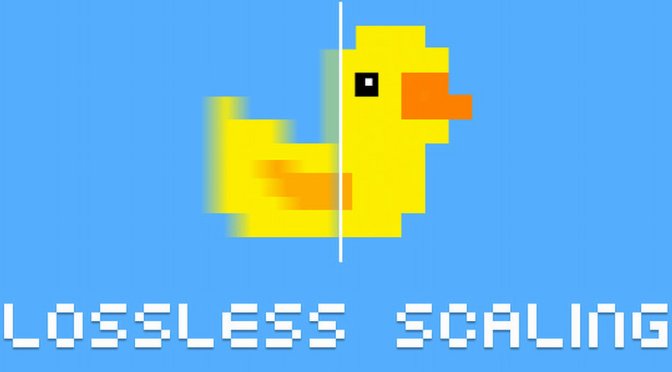In January 2024, we informed you about Lossless Scaling Frame Generation. Created by THS, this tool aimed to allow all GPUs to use Frame Generation. And, as I reported back then, I wasn’t particularly impressed by it. To his credit, THS has been working hard on fixing most of the issues I raised, and he released today a brand new version of it. So, I tested LSFG 2.0 and I can say that this tool is now a must for everyone.
For our tests, we used an AMD Ryzen 9 7950X3D, 32GB of DDR5 at 6000Mhz, and NVIDIA’s GeForce RTX 4090. We also ran the latest version of Windows 10 64-bit and used the GeForce 552.22 driver. We tested Lossless Scaling Frame Generation in four PC games. Those were No Rest for the Wicked, Elden Ring, Tekken 8 and Horizon: Forbidden West.
Before continuing, I should note that LSFG 2.0 works like a charm with VRR monitors. This is an issue I had with its initial version, and I’m happy to see full support of G-Sync/FreeSync monitors. So, we are already off to a good start.
The first game I tested was No Rest for the Wicked. This isometric action RPG allows you to set a custom framerate. At 60fps, the game felt smooth without any major visual artifacts. Again, one of my main issues of LSFG was its visual artifacts, and its framepacing issues. However, version 2.0 feels so damn good. But wait, there is more. I went ahead and locked my framerate to 40fps, so that I could further test the tool. Without LSFG, the game felt choppy at 40fps. That’s to be expected. When I enabled LSFG 2.0, though, everything felt smooth. Input latency was kept to a minimum, and I could not spot any major visual artifacts.
The second game I tested was Tekken 8. Tekken 8 is locked at 60fps by default. I’ve been playing this fighting game since its release, and the game never really “felt smooth” at 60fps on my LG G-Sync monitor. Things completely changed though with the Lossless Scaling Frame Generation tool. With it, the game was buttery smooth. Seriously, it was a game-changer for me. Not only that, but I had no trouble at all executing all of Hwoarang’s combos (without dropping any). Again, input latency was not noticeable, and I could not spot any visual artifacts. Tekken 8 requires precise controls, so the fact that I could so easily execute all of Hwoarang’s combos speaks volumes about the quality of this tool. And believe me, once you experience Tekken 8 at 120fps, you won’t be able to go back to 60fps. It’s THAT good.
Then, I tried Horizon Forbidden: West, and I was – once again – impressed by how good LSFG was in that game. Horizon Forbidden: West supports DLSS 3 Frame Generation. And, to the untrained eye, both of them will feel similar. I could spot some veeeeeeeery minor visual artifacts with LSFG 2.0 when panning the camera like crazy. However, if you do not go into the game looking for visual artifacts, you won’t really spot them.
The final game I tried was Elden Ring. Elden Ring was a game that was completely unplayable with LSFG 1.0 (at least in my opinion). With LSFG 2.0, though, the game now feels great. Elden Ring is locked at 60fps by default. Thanks to Lossless Scaling Frame Generation 2.0, though, you can run it at 120fps. And let me tell you that it feels great. Distant objects while panning the camera now move smoothly.
All in all, Lossless Scaling Frame Generation 2.0 is now a must for everyone. This is a game-changer, especially for games that are locked at 30fps or at 60fps. I can’t stress enough how great it is. This is a tool that offers a quality “Frame Generation” solution in every game on PC. This is MILES better than AMD’s Fluid Motion Frames (AFMF). So, don’t sleep on it. This is a game-changer!

John is the founder and Editor in Chief at DSOGaming. He is a PC gaming fan and highly supports the modding and indie communities. Before creating DSOGaming, John worked on numerous gaming websites. While he is a die-hard PC gamer, his gaming roots can be found on consoles. John loved – and still does – the 16-bit consoles, and considers SNES to be one of the best consoles. Still, the PC platform won him over consoles. That was mainly due to 3DFX and its iconic dedicated 3D accelerator graphics card, Voodoo 2. John has also written a higher degree thesis on the “The Evolution of PC graphics cards.”
Contact: Email

